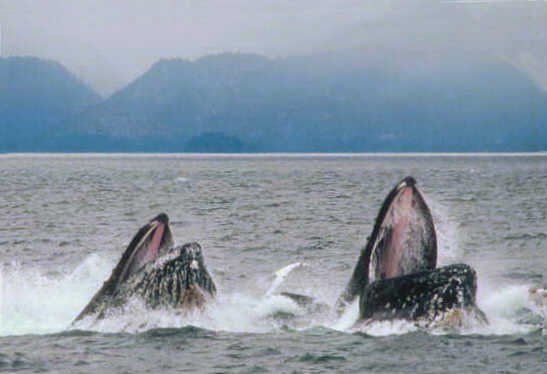A vaha mea (red dawn opening) type of glyph was used where Aldebaran rose with the Sun in May 28 (148).
In the year 1582 A.D. - when the Gregorian calendar was born - Aldebaran had risen with the Sun 64 days after °March 21 (80) where the Pope had decided the northern spring equinox should be - instead of the earlier Julian rule with spring equinox at 'March 25 (84): ... When the Pope rearranged the day for spring equinox from number 84 ('March 25) to number 80 (ºMarch 21) the earlier Julian structure was buried, was covered up (puo). At the same time the Pope deliberately avoided to correct the flow of Julian calendar days for what he may have regarded as 4 unneccesary leap days prior to the Council of Niceae. Thus his balance sheet for days was in order. The day numbers counted from the equinox were increased with 4 and this was equal to allowing the 4 'unneccessary' leap days to remain in place. But he had moved spring equinox to a position which was 4 days too early compared to the ancient model ... The creator of the G text placed heliacal Aldebaran as glyph number 4. According to tradition Aldebaran rose with the Sun where the southern summer ended and the dark half of the year arrived. Therefore Aldebaran was named Ana-muri - the star pillar at the end (of summer):
It was remembered (or it had been deduced) that anciently the summer north of the equator had begun when the Sun reached Aldebaran (α Tauri) and ended when the Sun reached Antares (α Scorpii). For Aldebaran the glyph type chosen by the creator of the G text was therefore what Metoro referred to as vaha mea (red dawn, the place for an opening coloured as the gills of fishes).
The Tahitian list of 10 star pillars was beginning with Antares and Aldebaran:
The added comment for Aldebaran as the place for tattooing was to point out that south of the equator (the main habitat of the Polynesians) summer ended when the Sun would reach Aldebaran. By tattooing a face it became darker:
Once upon a time the 'tail' (end) of the northern summer came at the Scorpion, an animal with a curved tail ending at a sharp point (tara) - which probably motivated the design of the glyph for Antares resembling that for Aldebaran although with a curved tail:
Instead of a Bull the creators of rongorongo used the figure of a fish rising straight up in the east with its mouth wide open. Then, half a year later - and after having breathed air - this great fish curved around and returned down into the darkness from where he had come.
On a little island in the vast ocean, with water all around as far as could be seen, the Moon and the stars (including the Sun) rose up at the horizon in the east as if they had been fishes, went straight across up above, and then descended at the horizon in the west. |
|||||||||||||||||||||||||||||||||||||||||||||||||||||||||||||||||||||||||||||||||||||||||||||||||||||||||||||||||||||||||||





